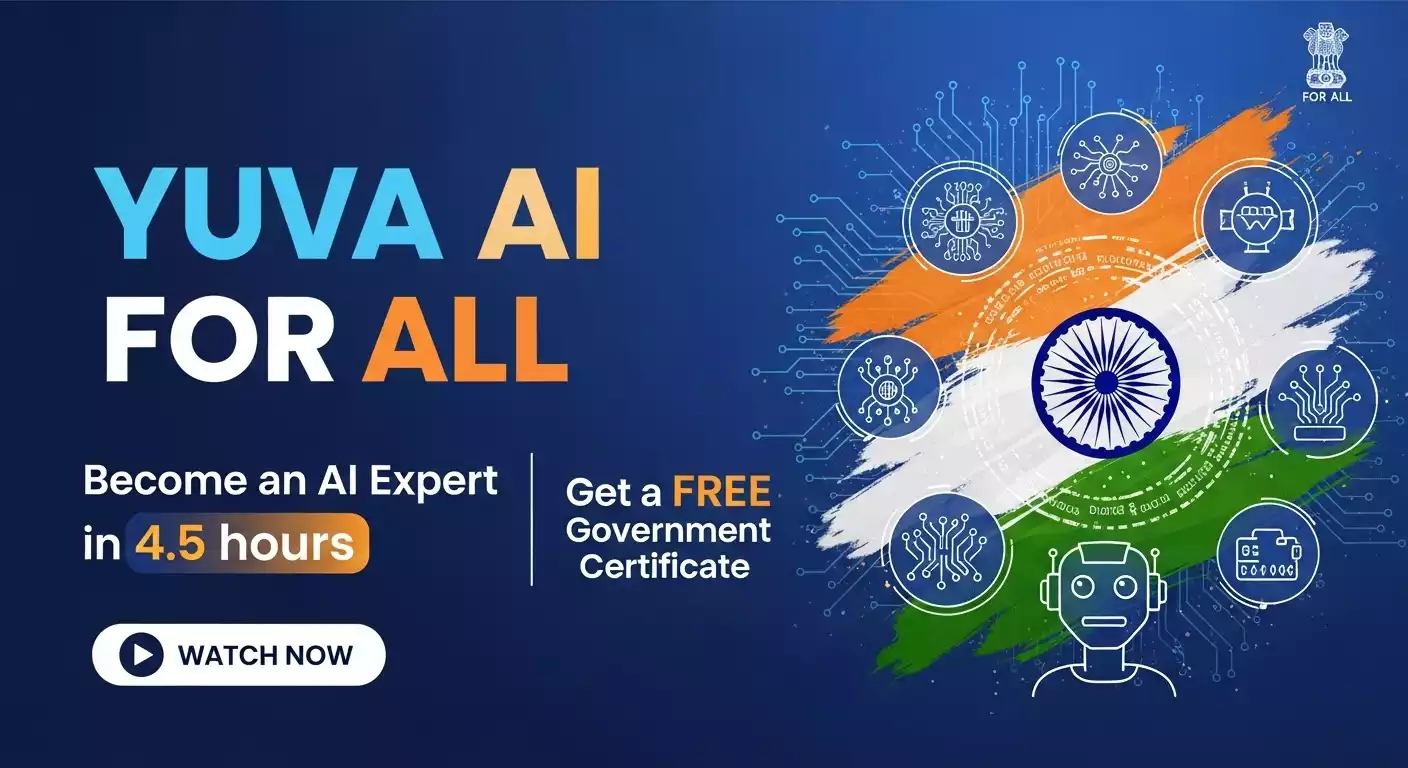Postal Life Insurance (PLI) is one of India’s oldest government-backed insurance schemes, initially meant for post and telegraph employees, but now available to a wide range of government and semi-government staff. It’s known for high returns and low premium rates.
Introduction
Okay, so maybe you’re looking at your options for securing your family’s future, and you keep seeing all these flashy private sector schemes, right? They can be super confusing. But honestly, most people don’t notice this but there’s this really solid, old-school option that’s been around for ages, and it’s called Postal Life Insurance. It’s not about some fancy stock market play; it’s a pure, simple government-backed safety net. The thing is, this scheme—originally for the Dawk-Khana employees—has incredible benefits like a decent bonus rate and lower premiums compared to many private players. We’ll break down the types of policies, who can apply for this excellent life cover, and what’s new for 2025.
Quick Summary
- It’s a government-backed insurance scheme.
- Known for low premiums and high bonus rates.
- Available mostly to government, semi-government, and defence personnel.
- Offers multiple policy types: Endowment, Whole Life, and more.
- It is one of the oldest schemes, started way back in 1884.
- The application process is getting more digitized in 2025.
What is Postal Life Insurance?
Simply put, Postal Life Insurance (PLI) is the OG life insurance policy in India, having started back in 1884. It’s run by the Department of Post under the Ministry of Communications, which should tell you right away that it’s got the full backing of the Government of India. It was initially only for the people who worked in the Post and Telegraph Department, but over the years, they’ve expanded who can get it. Today, it’s primarily aimed at employees of Central and State Governments, Public Sector Undertakings (PSUs), financial institutions, defense services, and even professionals like doctors and engineers under certain rules. It’s basically a safe, reliable, and low-cost way to get a solid life cover for your family.
HVAC Technician Salary 2025: UK vs. USA—Which Path Offers More?
Why Postal Life Insurance Matters in 2025
In 2025, security is probably the biggest thing on everyone’s mind, especially with economic ups and downs. That’s where PLI really shines, honestly. It offers some of the highest bonus rates in the market—we’re talking about rates that often beat private insurers—and the premium rates are surprisingly affordable. For someone who is, say, working for the State Government in Jaipur or a PSU in Chennai, this scheme provides a fantastic, low-risk way to build a decent corpus. Plus, the maturity and death benefits you get are often much more than what a comparable private policy might offer for the same premium. Most people don’t notice this but the entire process, including premium payment, is becoming incredibly seamless with new digital initiatives this year, making this old scheme feel pretty modern. Getting a dependable life cover has never been simpler or more necessary.
Types / Categories of Life Cover
PLI isn’t a single product; it comes in a few flavours designed for different financial goals. You need to pick the one that fits your life plan best.
Whole Life Assurance (Suraksha)
This is the most basic type. It provides assurance for your entire life, up to 80 years of age, or even longer. The entire insured amount plus the accumulated bonus is paid to your nominees upon your death. The best part? You can convert it into an Endowment Assurance policy after five years if your needs change, but before you turn 59. This flexibility is something many people appreciate.
Endowment Assurance (Santosh)
This is probably the most popular option. You get the benefit and accumulated bonus either when you reach a pre-determined age (like 35, 40, 55, etc.) or to your nominees if you die earlier. It’s essentially a life cover combined with a savings plan over a set term. It’s a great way to save for a big future expense, like a house down payment or your child’s education.
Anticipated Endowment Assurance (Sumangal)
Think of this as a money-back policy. It’s a favourite for people who need periodic lump sums. For a 20-year term, you get 20% of the sum assured back after 8, 12, and 16 years, with the remaining 40% plus the accumulated bonus paid at maturity. The death benefit remains the full sum assured, regardless of the money-back installments already paid.
Step-by-Step Process for PLI
It’s less complicated than you might think! Here’s the simple version of how you get covered:
- Check Eligibility: First, confirm you fall into the eligible categories (Central/State Govt., PSU, Defence, Professionals, etc.). It’s the most important initial step.
- Choose Your Plan: Decide which scheme—like Suraksha (Whole Life) or Santosh (Endowment)—works best for your financial goals.
- Find the Nearest Post Office/Online: You can visit a designated Head Post Office or use the official online portal, which is really getting good now.
- Fill the Application: Complete the proposal form honestly, attach necessary ID proof, address proof, and medical reports if required for a higher sum assured.
- Pay the First Premium: Make the initial premium payment. Once accepted, your life cover starts!
Comparison Table 1: PLI vs. Private Insurers
Comparison Table 2: PLI Policy Types
Pricing / Cost Table (Example Premiums)
The actual premium for your chosen Postal Life Insurance scheme depends on your age, the sum assured, and the policy term. Here’s a rough idea for a ₹5,00,000 sum assured for a male, non-smoker, 25 years old. This is just an example, remember!
Local India-Specific Details for PLI
You know, the great thing about this being a government scheme is its incredible reach, which is huge in a country like ours. Whether you are in a metro like Mumbai or a remote kasba in Uttarakhand, the post office network is everywhere. This makes it super easy to pay your premium, even if you can’t always do it online. Many State Government employees—from teachers in Kerala to police officers in Haryana—rely on this.
For example, the process of getting your life cover documented and getting your medical done for higher sums assured is usually handled smoothly through your nearest Head Post Office (HPO). You’ll often hear about the special Gram Priya scheme, which is the rural version of PLI called Rural Postal Life Insurance (RPLI), specifically tailored for folks in rural parts of India with lower minimum sums assured. That’s another benefit: it’s designed to serve everyone, from urban PSUs to rural areas. The documentation is generally straightforward and follows a simple, standardised government process across all zones, be it Delhi, Kolkata, or Bengaluru.
2025 Updates for Life Cover Schemes
The biggest push for the scheme in 2025 is definitely the focus on digitization and streamlining. The Department of Post is really trying to move away from the image of long lines and paper forms.
- Online Premium Payment: While available earlier, the payment gateway has been significantly upgraded for better reliability and wider bank integration, making it simpler to pay your premiums from home.
- e-Passbook Facility: Policyholders can now access their premium payment history and policy status through a digital passbook, which is a massive time-saver.
- Expansion of Eligible Groups: There’s a strong trend towards expanding the list of eligible professionals and employees of accredited private sector organisations that partner with the government for social schemes, so keep an eye out for updates on eligibility. This is a big deal!
Common Mistakes with PLI
- Not checking eligibility first: Assuming you qualify when you might not meet the employment criteria.
- Missing premium due dates: This can lead to your policy lapsing, and reinstatement can be a hassle.
- Under-insuring yourself: Choosing a very low sum assured just because the premium is cheap. Your life cover should be adequate for your family’s needs.
- Failing to nominate correctly: The nomination details must be current and clear.
- Not converting: Failing to convert a Whole Life (Suraksha) policy to an Endowment policy within the specified period if your needs change.
Helpful Expert Tips
Look, my best advice is to not just look at the premium, okay? Check the bonus rate. That’s the real magic with Postal Life Insurance. A higher bonus rate over 20 years makes a huge difference to your maturity amount. When you are calculating what your family needs if something happens to you, factor in inflation—especially in a city like Hyderabad or Pune. Get a sum assured that will sustain their current lifestyle for at least 10–15 years. Also, remember you get tax benefits under Section 80C for your premium payments, so that’s another nice saving there. Don’t wait until the last minute before a deadline to pay your premium; set up a standing instruction if you can. It saves so much stress.
Secure Your Future Today
If you’re an eligible government employee or professional, the reliability and strong returns of the Postal Life Insurance scheme make it a top contender for your life cover needs. Take a look at the official Department of Post website and check the premium calculator for your age and desired sum assured.
FAQs about Postal Life Insurance
Q1: Who is eligible to buy Postal Life Insurance in 2025?
Generally, employees of Central/State Government, Defence services, Para Military Forces, PSUs, financial institutions, local bodies, and accredited educational institutions are eligible. Recently, certain professionals like doctors, engineers, and management consultants were also included.
Q2: What is the minimum and maximum Sum Assured I can opt for?
The minimum Sum Assured across most schemes is ₹20,000. The maximum Sum Assured you can get under any one or multiple schemes of Postal Life Insurance is ₹50 Lakhs, which should be adequate for most families’ needs.
Q3: Can I get a loan against my PLI policy?
Yes, you can. For Endowment Assurance (Santosh), you can avail a loan after 3 years of continuous premium payment. For Whole Life Assurance (Suraksha), you become eligible for a loan after 4 years of premium payment.
Q4: Are the premiums paid for PLI eligible for tax benefits?
Yes, they absolutely are. The premiums you pay for your Postal Life Insurance policy are eligible for a tax deduction under Section 80C of the Income Tax Act, up to the prescribed limit.
Q5: What happens if I miss a premium payment?
If you miss a premium payment, you usually have a grace period (e.g., 30 days) to pay it. If you fail to pay even within the grace period, your policy will lapse, and you’ll have to apply for its revival later.
Q6: Can I convert my Whole Life policy to an Endowment one?
Yes, the Whole Life Assurance (Suraksha) plan offers a feature where you can convert it to an Endowment Assurance policy anytime after 5 years, but importantly, before you turn 59 years old.
Q7: What is the main difference between PLI and RPLI?
PLI is meant primarily for government and semi-government employees in urban and rural areas. RPLI (Rural Postal Life Insurance) is specifically designed for residents of rural areas, offering schemes with lower maximum sum assured limits.
Q8: What is the current bonus rate for PLI in 2025?
The bonus rates are declared annually. As of the latest update for 2025, the bonus for Endowment Assurance (Santosh) is around ₹45-48 per ₹1000 sum assured, which is very competitive.
Q9: Can NRIs apply for this insurance scheme?
No, the Postal Life Insurance scheme is generally not available to Non-Resident Indians (NRIs) or foreign citizens. It is specifically meant for residents of India falling under the eligible employment categories.
Q10: How can I check the status of my PLI policy online?
You can check your policy status using the official Department of Post’s online portal by logging in with your policy number and date of birth. This facility is being significantly improved in the 2025 updates.
Costco Car Insurance Cost: Can You Really Get it for Under $1000/Year? (Car Insurance Costco)
10 Best AI Tools for Business: Supercharge Your Small Business!














